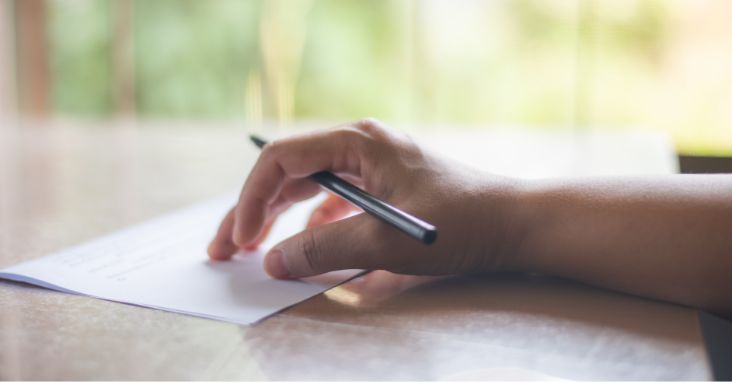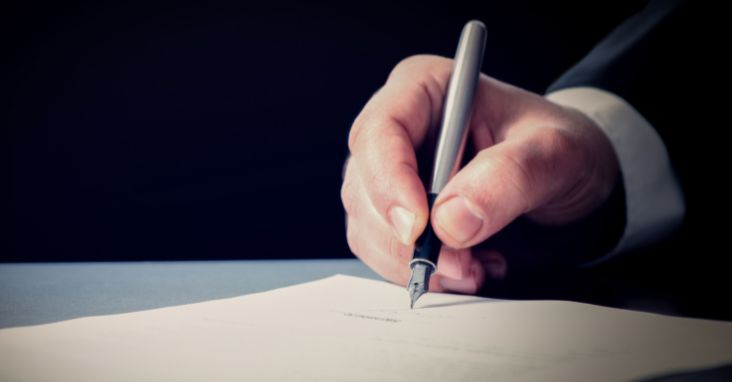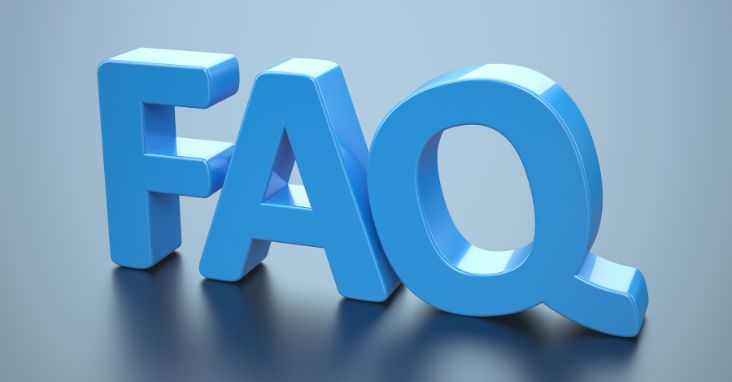Picture this: you’re at your desk, the smell of fresh coffee wafting through the air. You’re about to send out your weekly company newsletter, a task you were ‘volunteered’ for, thanks to your knack for communication. You’re wrapping up the final lines, dotting the i’s and crossing the t’s, when you reach that all-too-familiar conundrum – how do you sign off?
Let’s be honest, we’ve all been there, haven’t we? You’re on the home stretch, you can see the finish line, and then – bam! You’re left hanging, pondering on the perfect words to round off your carefully crafted message. While there’s no shortage of ways to end an email correspondence, one phrase often takes precedence in our minds – “kind regards.” It’s like a trusty old friend, always there for you when you need a safe and respectable sign-off.

But have you ever wondered why “kind regards” has become such a universally accepted choice? What makes these two simple words so popular among the billions of business emails sent each day?
⭐ Takeaway: As you dive into the world of email sign-offs, remember this: “kind regards” isn’t merely a pair of words we use out of habit. It carries weight, setting the tone for your communication. Understanding its meaning and significance can help you ensure your emails always hit the right note.
Intrigued? Let’s get to the bottom of this and explore the realm of “kind regards.”

What does “Kind Regards” Mean?
To get started, let’s dissect the term “kind regards.” On the surface, it might seem like a throwaway phrase, something you tack onto the end of an email without much thought. But in reality, it’s a little more nuanced than that.
“Kind regards” is a gesture of respect, a courteous nod to the recipient, showcasing both your politeness and your consideration. It’s used to wish the recipient well without being overly familiar.
Now, you might be wondering, where did this term originate? It’s actually a remnant from the age-old practice of letter writing. In the days of quill and ink, “regards” was a popular choice for wrapping up a letter. Fast forward a few centuries, and as digital communication took the world by storm, “kind regards” became a favored adaptation of this tradition.

You might notice that different parts of the world have their unique spins on this sign-off. Variations like “warm regards” or “best regards” pop up in emails, reflecting the cultural nuances and various levels of formality in different countries.
⭐ Takeaway: “Kind regards” isn’t just a default sign-off. It’s a symbol of respect, a nod to our tradition, and a signal of your intent. By understanding its roots and meaning, you’ll be better equipped to make the right choice when penning your emails.
Ready for more? Let’s look at when it’s appropriate to use “kind regards” and how to do it effectively.

When to Use “Kind Regards”
Imagine this: you’re composing an email to a colleague you’ve known for a while. You’ve had a dozen friendly chats at the coffee machine and even shared a laugh or two during team building activities. So, when you reach the end of your email, “kind regards” suddenly seems a little… less formal, doesn’t it?
This scenario illustrates an essential point – the context and tone of your email will often guide your choice of sign-off. While “kind regards” is a safe and versatile choice, it might not always be the best fit.
So, when should you use “kind regards”? Generally speaking, it works well in professional settings. It’s a polite way to convey your respect without veering into an overly formal territory. It strikes the right balance between the overly and semi-formal email sign-offs like “yours sincerely” and the more casual ones like “cheers.”

But remember, your relationship with the recipient should also factor into your decision. If you’re corresponding with a close colleague or a friend, “kind and best regards ever” might feel a bit stuffy or impersonal.
⭐ Takeaway: Use “kind regards” when you want to balance formality with friendliness, particularly in professional communications. But be mindful of the relationship you share with your recipient – you want your sign-off to reflect the tone and spirit of your message.
Ready to delve deeper? Let’s move on to understanding how to write and use “kind regards” effectively in your emails.

How to Effectively Use “Kind Regards”
Let’s get back to our fictional scenario. This time, you’ve just finished drafting an email to a potential client. You’ve spent a good half-hour perfecting each line, ensuring your proposal sounds enticing. Now, you’re at that critical closing point. You hover over the words “kind regards” but find yourself second-guessing.
This is where understanding the effective use of “kind regards” becomes vital. For an email to a potential client, for example, it might be the perfect choice. It’s formal yet friendly, setting the right tone for the initial stages of a business relationship.
However, if you’re on your fifth back-and-forth in an email chain with a colleague, “kind regards” might start to sound a bit stiff. Perhaps a simple “thanks” or even just your name might feel more natural.

One of the most common mistakes we can make is overusing “kind regards,” or worse, using it inappropriately. If you’re sending a formal version of a disciplinary email, “kind regards” might undercut the seriousness of your message.
⭐ Takeaway: Always tailor your sign-off to match your relationship with the recipient and the context of the email. This ensures that your closing note aligns with your overall message and contributes to effective communication.
Feeling ready to experiment? Let’s consider some alternatives to “kind regards.”

Alternatives to “Kind Regards”
Picture yourself again at your desk, a fresh cup of coffee by your side. This time, you’re feeling adventurous. You decide to break the mold, skip over “kind regards,” and choose something different. But what other options do you have?
Well, fear not, there’s an array of sign-offs at your disposal. Depending on the nature of your email, you might consider alternatives such as “best,” “warmly,” “sincerely,” or even a simple “thanks.”
conveys a slightly different sentiment. For instance, “best wishes” is a friendly and concise way to close a routine, non-critical email. On the other hand, “sincerely” might be more fitting for a formal letter or a more serious email exchange.
And don’t underestimate the power of a simple “thanks”. It’s a versatile choice, suitable for many occasions, and it adds a touch of gratitude to your message.
Remember, the key is to ensure that your sign-off aligns with the tone of your email. It’s the final touch, the cherry on the cake, and you want it to leave a lasting, positive impression on clients.
⭐ Takeaway: “Kind regards” is a reliable choice, but don’t be afraid to switch things up based on the context. Having a variety of sign-offs in your repertoire will help you communicate more effectively in different situations.
So, are you ready to step up your email game? Let’s wrap things up.

Signing off!
And there you have it – the gentle art of signing off emails. It might seem like a minor detail in the grand scheme of things, but as we’ve explored, your choice of sign-off, be it “kind regards” or otherwise, can have a significant impact. It’s the last thing your recipient will read, and it leaves a lasting impression.
Remember, the perfect sign-off will vary depending on the nature of your email and your personal relationship with the recipient. So, keep your mind open to various options and tailor your ending to match your message.
No matter what sign-off you choose, the goal is to end professional correspondence on a high note, wrapping up your email in a way that feels genuine, respectful, and appropriate.
⭐ Takeaway: The world of email sign-offs is more nuanced than it seems. “Kind regards” is a valuable tool, but remember to use it wisely, along with its many alternatives. The key is to match your sign-off with your email’s tone, keeping your recipient in mind.
So, go forth, and may all your emails be met with the kindest regards and regards!

FAQ
What Does “Kind Regards” Mean in an Email?
“Kind regards” is a polite and respectful way to end an email. It conveys your best wishes and a sense of professionalism and consideration for the recipient. It’s a nod to tradition, having originated from letter writing practices, and it has since been adopted as a common sign-off in digital communication.
When Should I Use “Kind Regards”?
“Kind regards” is typically used in a professional email or formal communications. It’s a great choice when you want to maintain a balance of friendliness and respect. However, the relationship with the recipient and the context of the email should guide your choice of sign-off.
Can “Kind Regards” Be Used in Informal Emails?
While “kind regards” can technically be used in any email, it might feel a bit stiff or formal for informal communications. In emails to close friends or colleagues, a more casual sign-off like “cheers” or “thanks” might be more appropriate.
Are There Alternatives to “Kind Regards”?
Absolutely! There are many other ways to sign off an email. Some alternatives include “best,” “warmly,” “sincerely,” “thanks,” and many more. The key is to match your sign-off with the tone of your email and your working relationship with the recipient.
Is It Necessary to Always Use a Sign-Off?
While it’s not strictly necessary to use a sign-off in every email, it’s generally a good idea. A sign-off helps to wrap up your message nicely and leaves a lasting impression. It also conveys a sense of professionalism and respect. However, in a long back-and-forth email chain with someone you know well, you might occasionally skip the whole other sign offs one-off.















